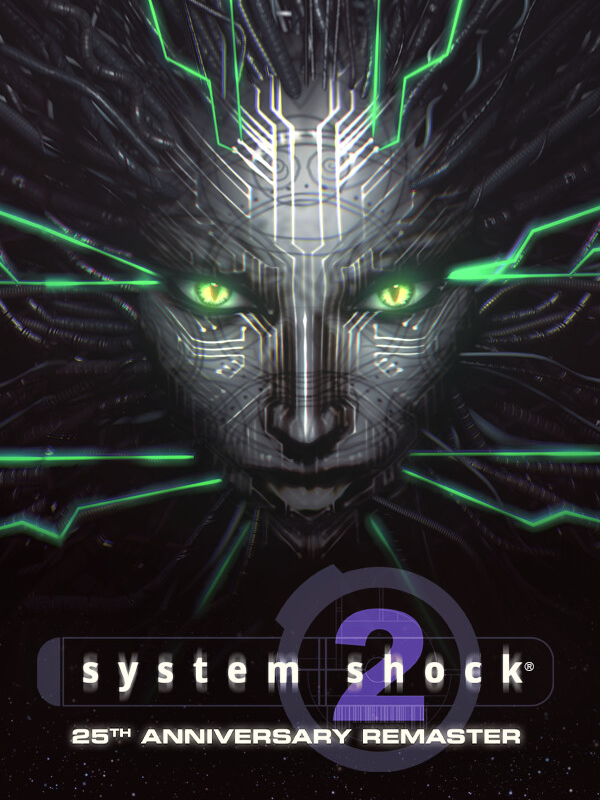Last year, Nightdive Studios reintroduced the gaming world to a remake of the Looking Glass Studios–developed first-person shooter from 1994, System Shock. After playing the remake, it’s clear how much of an impact the original title had on gaming, paving the way for spiritual successors like BioShock and Prey.
Now, Nightdive Studios is daring to double-dip with a remaster of System Shock 2 on its 25th anniversary. The studio is known for preserving “classic, abandoned, and forgotten PC games” with a “strong emphasis on fun and rewarding experiences,” and that’s exactly the goal with System Shock 2: 25th Anniversary Remaster. Nightdive has pulled out all the stops to deliver a faithful recreation, for better or worse.
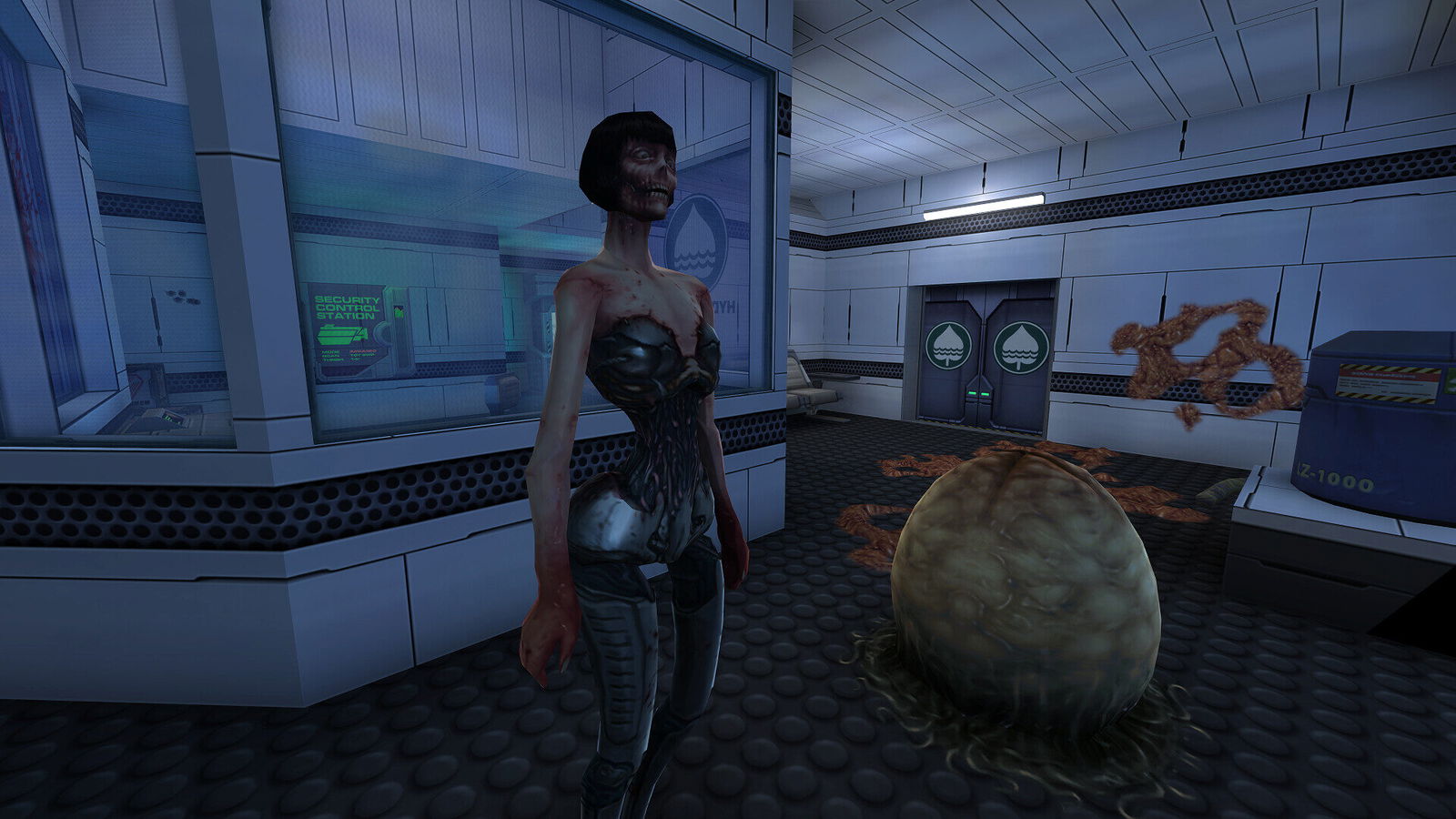
Set 42 years after the events of the original System Shock, System Shock 2: 25th Anniversary Remaster begins with your character undergoing basic training for the UNN (Unified National Nominate) before joining the crew of the most advanced starship in the world, the Von Braun.
This small segment also doubles as a tutorial—of course, basic training—and offers a first look at Earth in the year 2114. The result is a cyberpunk-inspired street drenched in TriOptimum branding. TriOptimum, the corporation responsible for unleashing the SHODAN AI’s chaos in System Shock, has since been relicensed and is now working with the UNN on the Von Braun’s maiden voyage.
Unlike System Shock, System Shock 2: 25th Anniversary Remaster allows players to select a class, split into three archetypes: Warrior, Technician or PSI Mage. These translate to a basic Marine (skilled in weaponry), a Navy recruit (experienced with computers and circuitry), and a black-ops Psi User (capable of casting the cybernetic equivalent of space magic). I chose the Technician class after my time aboard Citadel Station fending off SHODAN’s relentless assaults. Hacking, in my opinion, is key to survival.
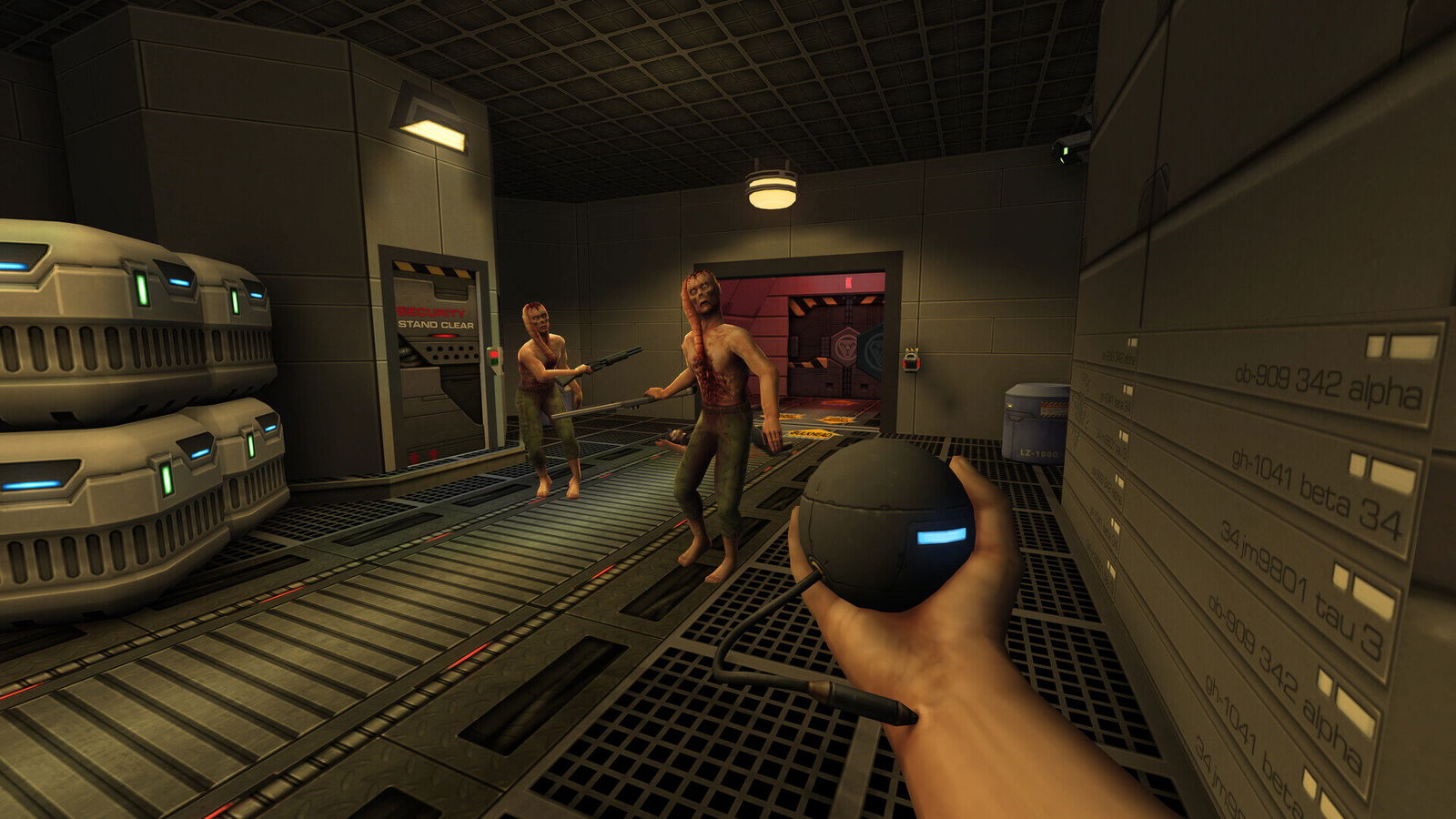
Immediately following the tutorial, System Shock 2: 25th Anniversary Remaster begins with a literal bang aboard the Von Braun, with explosions erupting around you. You have no idea who you are, where you are or what’s happening—but you quickly find a corpse sprawled across the ship’s sterile tile floors. Much like its predecessor, System Shock 2 knows how to make a lasting first impression. Or, in the words of Bruce Campbell when speaking about the Evil Dead films: “That’s why Ash always wears brown pants.”
“Much like its predecessor, System Shock 2 knows how to make a lasting first impression.”
System Shock 2 deploys a suffocating atmosphere that chokes the air out of your lungs from the first bell, and before panic sets in, a female voice can be heard ringing in your ear. Dr. Janice Polito is on the line, and she smartly advises you to get out of the area in the nick of time. After you escape certain death, she requests you’re presence on the Operations Deck (the fourth floor of the Von Braun).
Nightdive Studios took the atmosphere and ran with it. The first level—blandly referred to as MedSci Deck 2—throws you into a crucible, a trial by fire, and the game includes two difficulty levels above Normal. Enemy robots, turrets and abominations relentlessly assail your operative, and survival is key to making it out of the Von Braun’s opening section. You quickly learn the ship’s main power has been shut off by the onboard AI, XERXES—and he’s anything but kind (unlike his cinematic counterpart in 300). Meeting Dr. Polito, as it turns out, is far easier said than done.
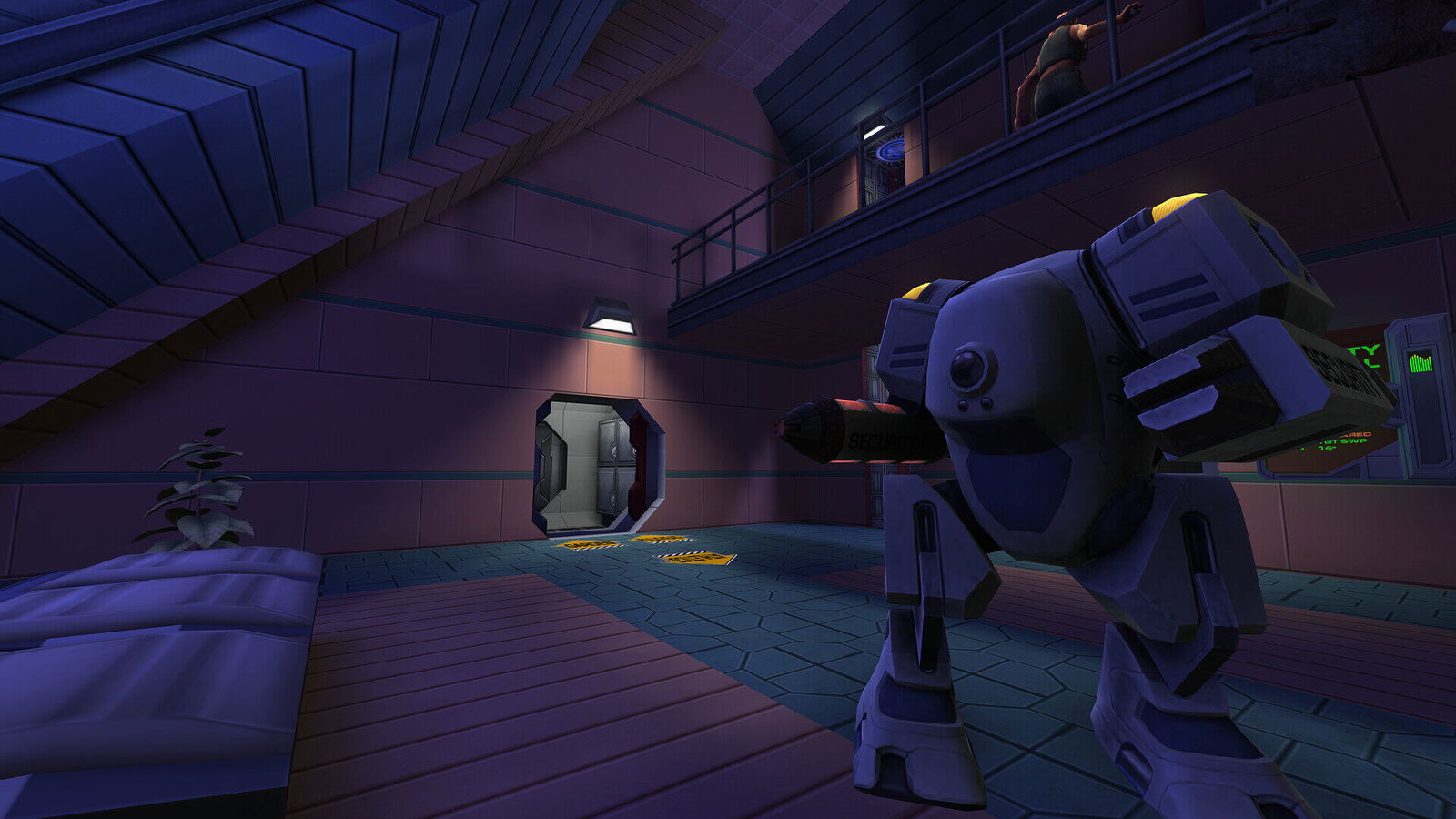
This is, somehow, the bread and butter of System Shock 2: 25th Anniversary Remaster, fending off hostiles, resolving incessant malfunctions aboard the Von Braun, and confronting a series of deeply frustrating inconveniences. Of course, these moments, such as restoring power to the elevator, are drenched in the same heavy atmosphere, a constant sense of dread, and a shockingly effective soundtrack that shifts from moody ambience to heavy cybernetic beats the moment a firefight begins.
But robots aren’t the only adversaries onboard. ‘Hybrids’ also roam the ship’s claustrophobic corridors. If you’ve played the first System Shock, you’ll recognize them as parasitic creatures that take over former crew members as hosts. They mutter constantly, seemingly communicating the will of System Shock 2’s greater threat: a grotesque collective known only as The Many.
By this point, the game does an excellent job of not only isolating your character but also making you feel alone. As you wander the hostile decks of the Von Braun and complete tasks for Dr. Polito (at least early on), you start to yearn for her voice to break the silence. That creeping sense of existential dread and complete abandonment starts to seep in. You feel for your character. Thankfully, I’m the one holding the controller instead of the wrench.
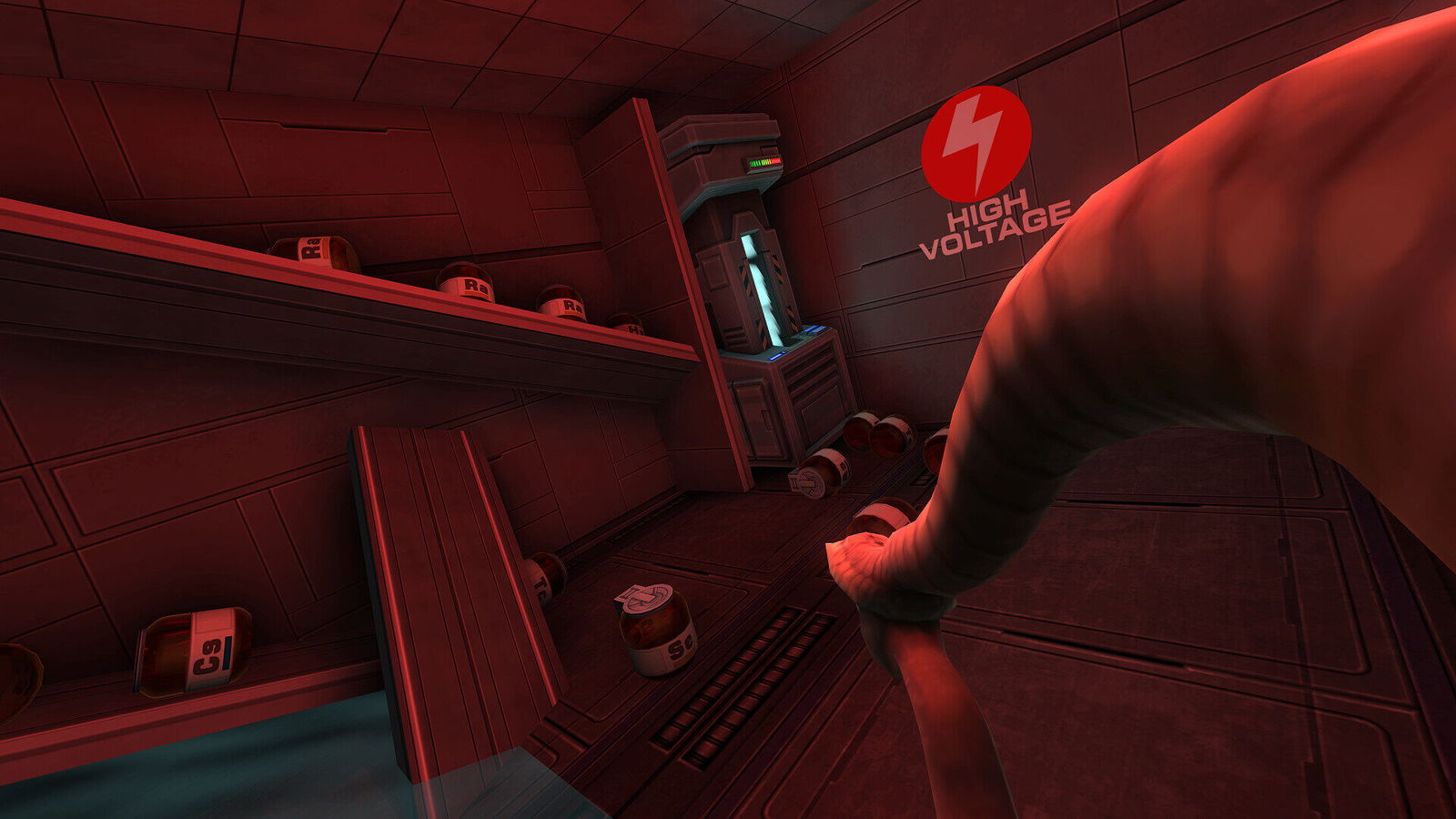
As you explore the Von Braun, you’ll come across countless audio logs that help piece together what happened onboard, since the dead bodies carpeting nearly every room aren’t exactly able to provide status reports. These recordings offer valuable context and, more often than not, contain crucial information like door codes or mission-critical details worth revisiting.
“Looking Glass Studios delivered a masterclass in atmospheric anxiety, and I’m here playing the reluctant maintenance man.”
System Shock 2’s task system leans heavily into immersive busywork. Instead of embarking on a grandiose quest to slay a monster and rescue a princess, you’ll find yourself restoring power to an elevator, exterminating bugs in the Hydroponics sector, or retrieving components for the command centre. Your objectives feel grounded, contributing to the lived-in realism of the Von Braun. Looking Glass Studios delivered a masterclass in atmospheric anxiety, and I’m here playing the reluctant maintenance man.
After defeating grotesque hybrid creatures—including monkey test subjects with exposed brains that resemble a sci-fi version of Mojo Jojo, who hurl fireballs—you can loot their fleshy remains for organs. In System Shock 2, these organs can be researched, provided your skill level allows. Once completed, the research grants a damage boost against that specific enemy type. It’s a clever, well-integrated mechanic that adds to the overall depth of the 25th Anniversary Remaster, layering complexity onto the gameplay formula.
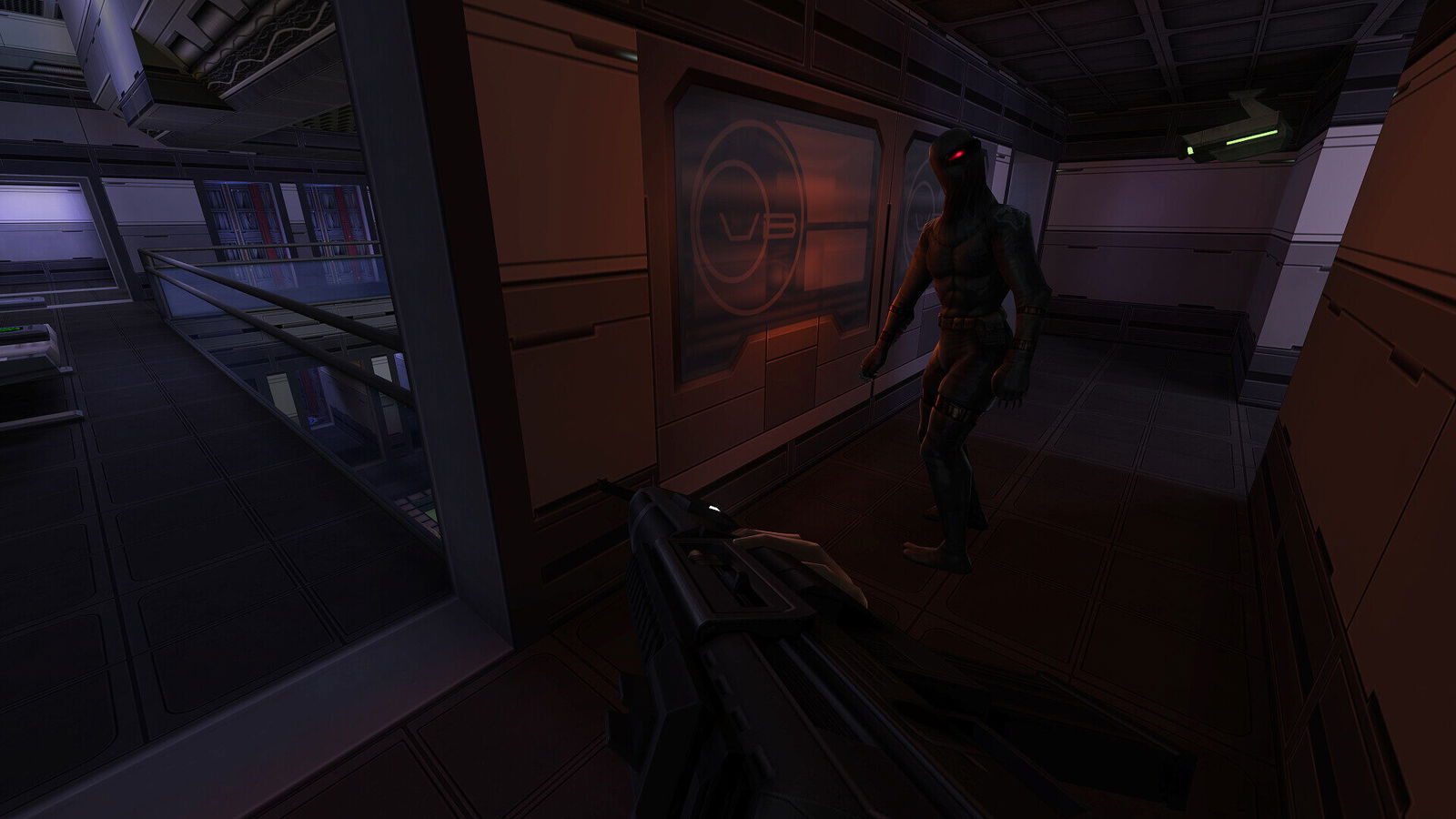
As you complete story missions, Dr. Polito rewards you with Cybernetic Modules, which can be spent to upgrade your stats, injecting a subtle but meaningful role-playing element into the sci-fi framework. You can increase gun damage, boost Psi abilities, learn new Psi powers, or improve base stats like strength and cybernetic affinity. Modules can also be found in hidden locations requiring special abilities like Telekinesis, but they’re scarce, and each upgrade is permanent. Choosing how to develop your character is a deliberate process, and System Shock 2 makes sure every stat decision counts.
For all the immersion System Shock 2: 25th Anniversary Remaster brings to the table, it isn’t without its faults. The menu system may be my least favourite in all of gaming. Looking Glass Studios implemented a variant of the inventory systems seen in Diablo and early Resident Evil titles—a grid of unsightly boxes paired with awkward navigation. When equipping a new weapon manually, you need to drag the item into the proper slot, then manually move the item you’re replacing to a suitable storage space. This slows progress significantly. On more than one occasion, I’ve been attacked while fumbling with the interface and dropped a useful weapon in a panic. While the idea of keeping gameplay active while the menu is open was ahead of its time (this was well before Dark Souls) and does add immersion, it feels more frustrating than innovative when the menu itself is clunky.
Although System Shock 2 is here in remastered form, the visuals still feel dated, particularly when compared to Nightdive Studios’ System Shock Remake released on Xbox in 2024. That version of Citadel Station was bursting with fresh textures and visual detail, a far cry from the original and an impressive modernization. While the 25th Anniversary Remaster of System Shock 2 looks improved and retains the spirit of the original, it’s difficult not to compare the two. By contrast, the sequel feels visually stuck in the past.
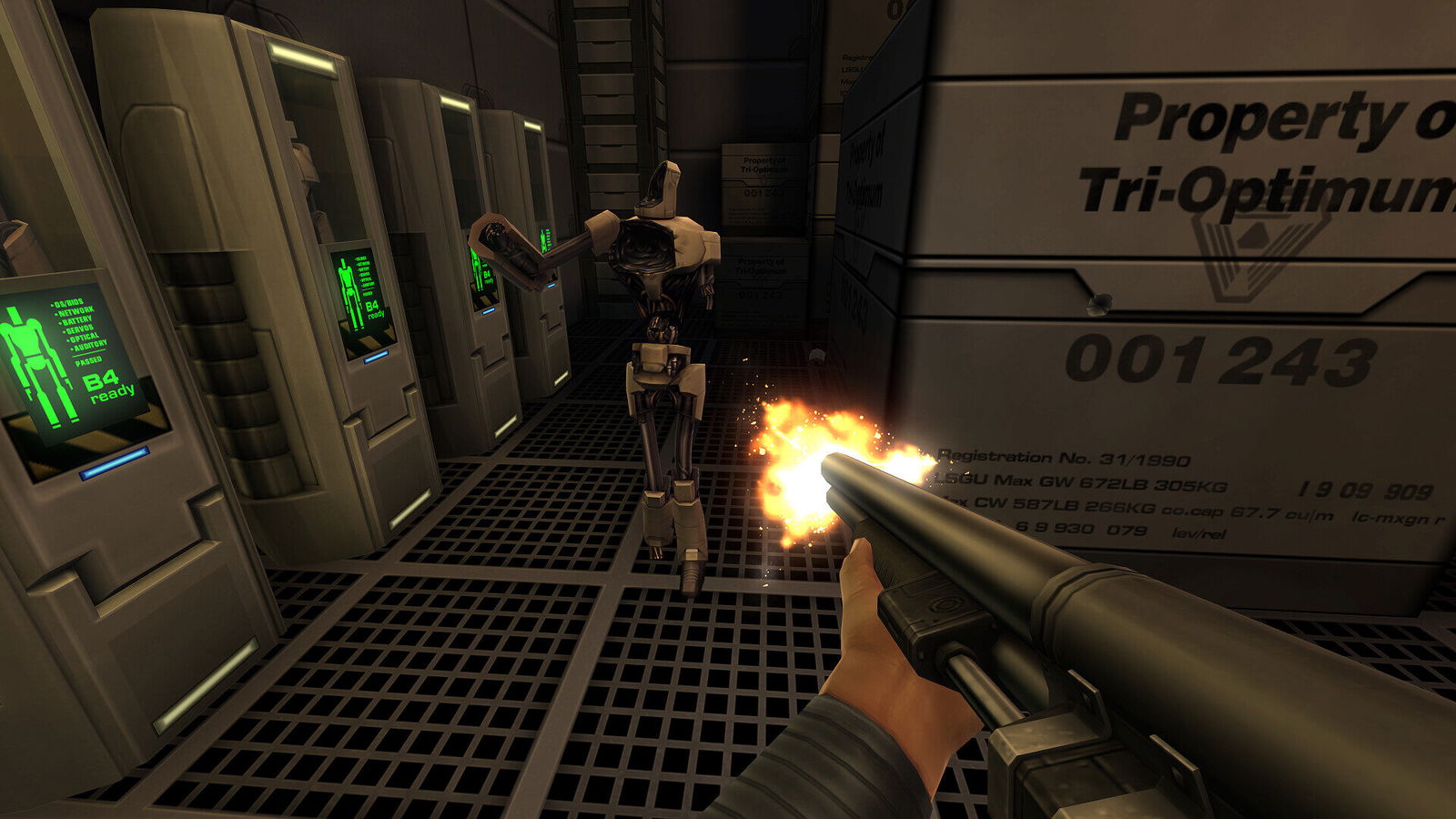
Navigating this aging environment can also lead to literal issues—on several occasions, I found my character stuck in geometry, requiring a save and reload to escape. (It’s worth noting the console release has been delayed, so this bug may be resolved before launch.) Lastly, when hybrids die, their exaggerated collapse feels more kayfabe than creepy, as though they’re dramatically overselling their injuries. While it’s funny every time, it does undermine the game’s otherwise high-stakes tone.
System Shock 2: 25th Anniversary Remaster marks the return of one of the most influential games and narratives ever crafted. Many of its novel mechanics were groundbreaking in 1999, and now they’ve been revived on modern platforms for a new generation. As you play, you can feel the fingerprints of System Shock 2 all over the modern gaming landscape—it’s a rush to see where so many now-standard mechanics first originated.
Ironically, System Shock 2—like its predecessor—centres on a rogue AI bent on wiping out humanity, and that premise arguably resonates more today than it did 25 years ago. In 2025, artificial intelligence is advancing faster than ever, for better or worse, and there’s never been a more fitting time for System Shock 2 to make its return.

